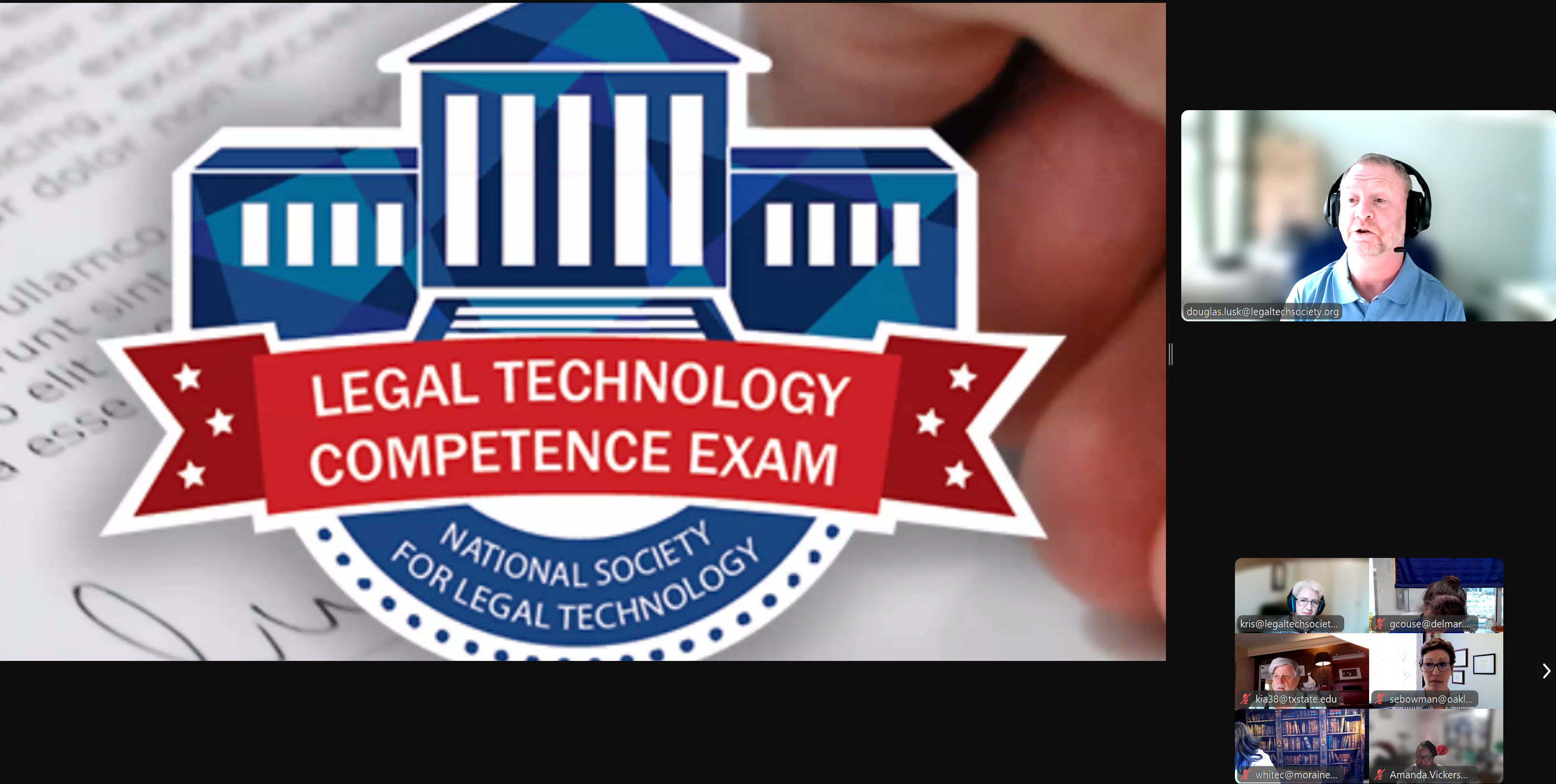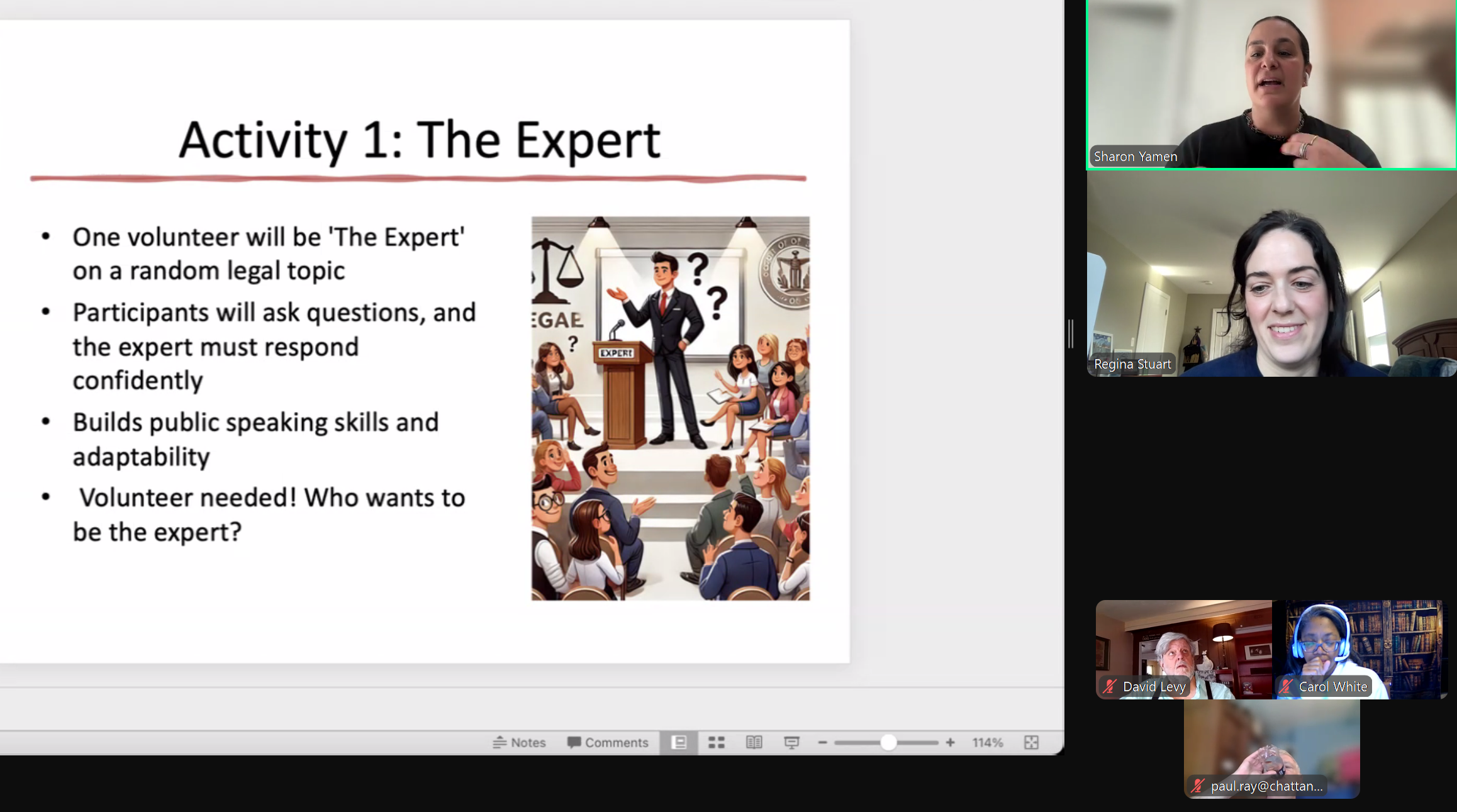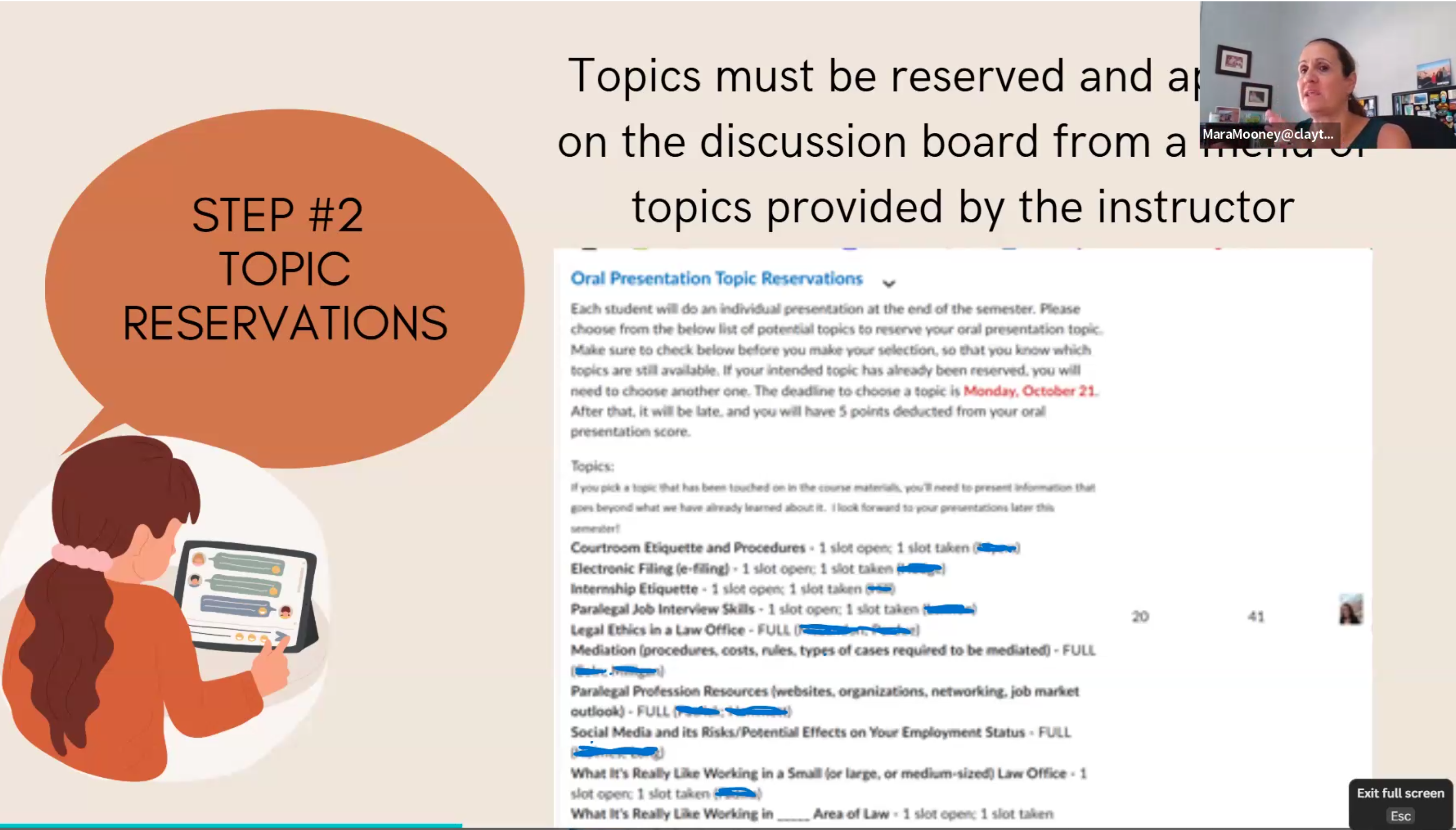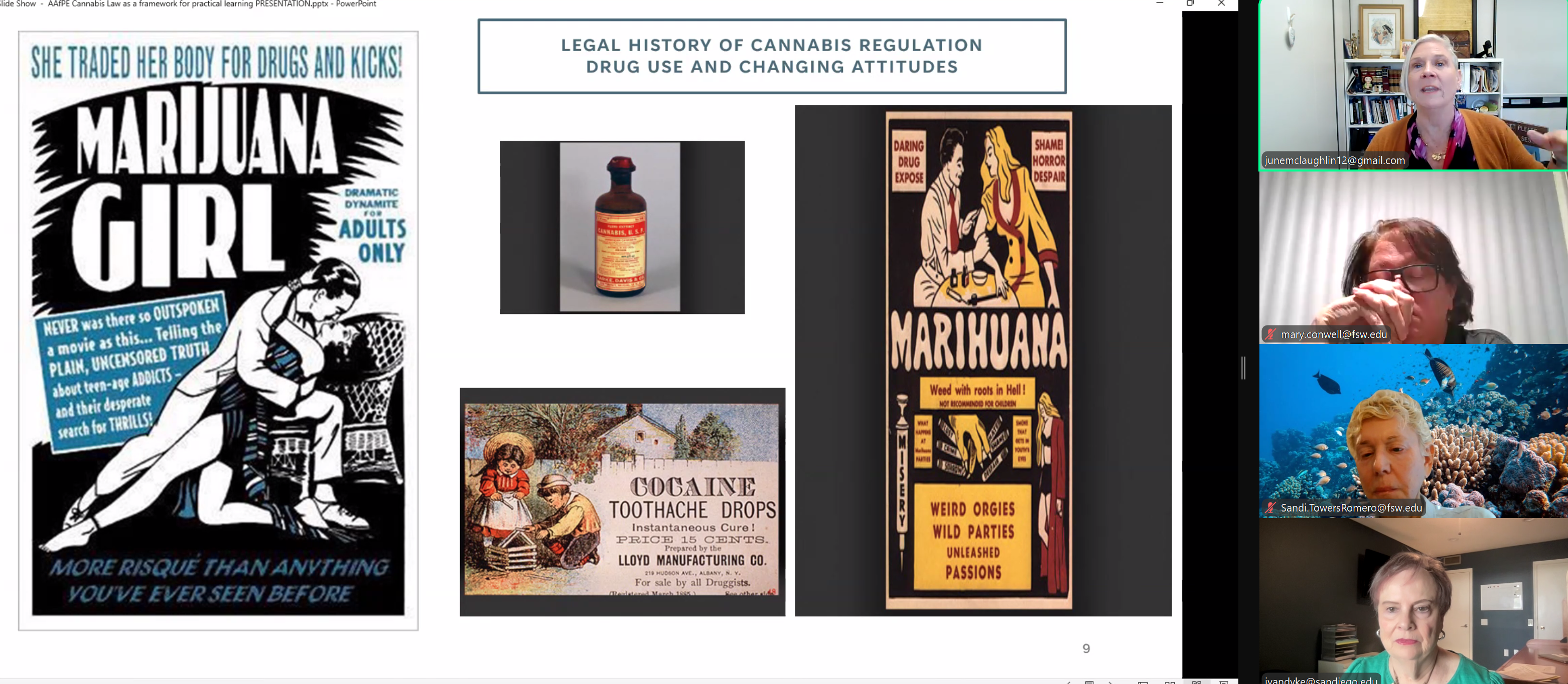Throughout the sessions, presenters emphasized the continued importance of human connection in an increasingly digital profession.
Amidst discussions of artificial intelligence and remote work environments, a counterbalancing theme emerged across multiple sessions: concern for preserving human connection in an increasingly digital profession. This preoccupation surfaced most explicitly in Doug Lusk's closing presentation, where he warned of the "dehumanization of our employees" in remote work settings.
"When we aren't seeing them physically in the office and interacting with them," Lusk observed, "we don't humanize them. We don't hear how their kids are doing at school... They really just become a number and a name on a screen on a box that we see once a week." This diminished human connection, he suggested, makes personnel decisions increasingly transactional—"it's a lot easier to let them go."
The concern extended beyond employer-employee relationships to client interactions. Across presentations, speakers acknowledged AI's capability to handle informational tasks while emphasizing that client counseling—with its requirements for empathy, cultural sensitivity, and emotional intelligence—remains distinctly human territory. "AI software sucks at showing empathy, showing emotion," Lusk noted, underscoring technology's persistent limitations.
PRESERVING HUMANITY IN DIGITAL ENVIRONMENTS
- Professional Background Awareness: Ensuring virtual meeting environments project professionalism
- Regular Check-Ins: Maintaining meaningful connection with remote team members
- Camera Policies: Balancing visual presence with privacy concerns
- Client-Facing Skills: Developing interpersonal abilities that technology cannot replicate
- Time Management: Building self-discipline for remote work environments
Mara Mooney's presentation similarly acknowledged this tension, with her requirement that students activate cameras during asynchronous presentations—a policy recommendation from her student collaborator. "She feels the camera really makes it more personal," Mooney explained, "and does also, you know, require that element that they've really contributed to it."
This isn't just about teaching technology. It's about rethinking what paralegals can be.
Throughout the conference, this dialectic between technological advancement and human connection resolved not into contradiction but complementarity. The educators envisioned a future where AI's handling of routine tasks creates space for more meaningful human engagement—both with clients and within legal teams. The paralegal of tomorrow emerges not as technology's casualty but as its beneficiary, freed from drudgery to focus on uniquely human capacities for empathy, judgment, and creative problem-solving.
As the conference drew to a close with an invitation to October's in-person gathering in Grand Rapids, Michigan, participants departed with a vision of paralegal education not merely responding to change but actively shaping it. In a profession often caricatured as resistant to innovation, these educators had demonstrated precisely the opposite—an enthusiasm for embracing disruption as opportunity.



